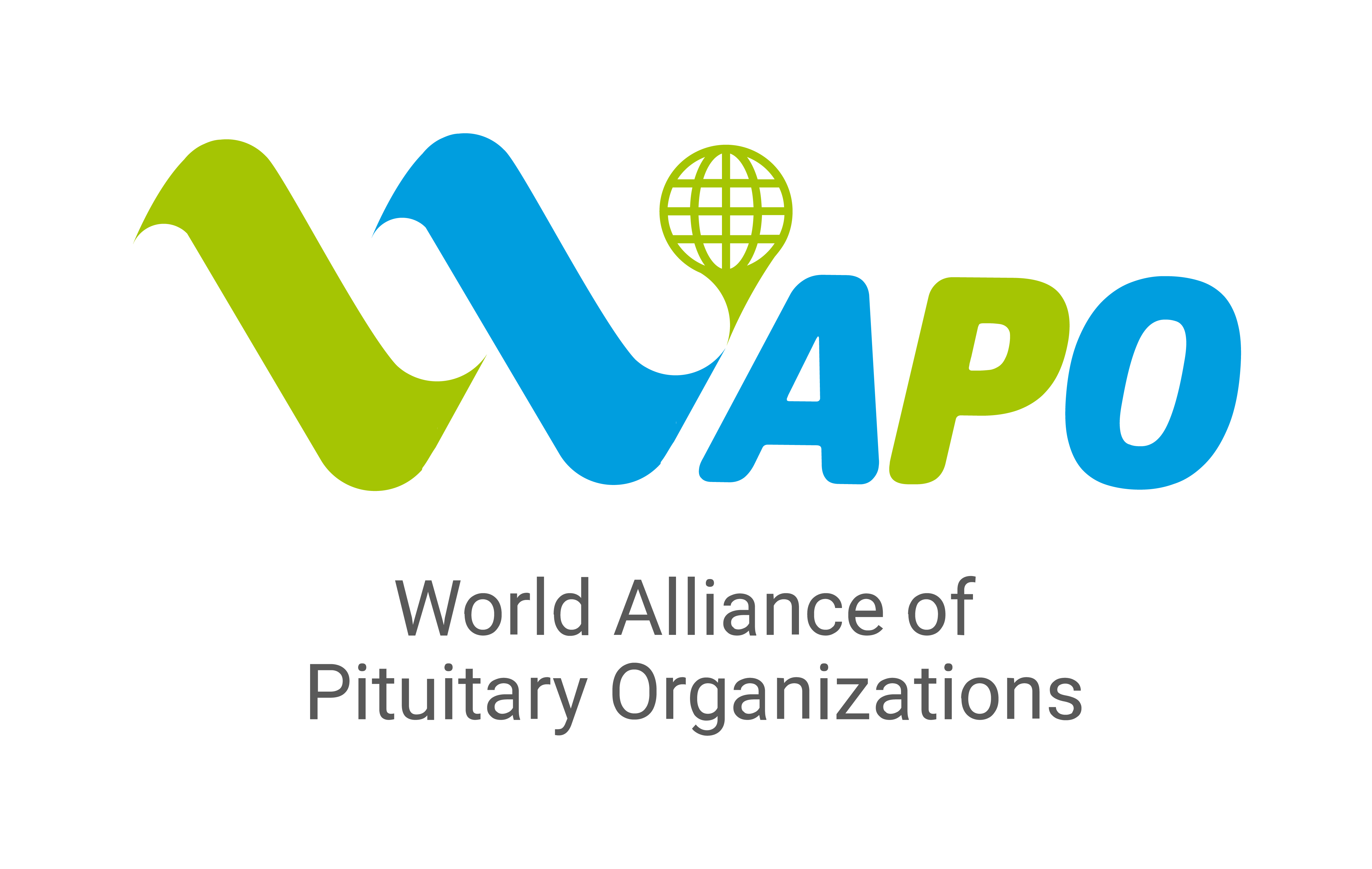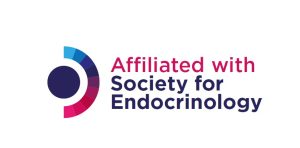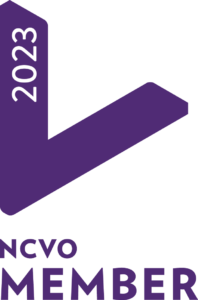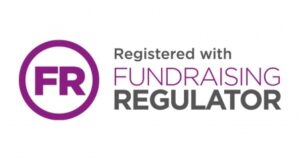
We Are Recruiting
Operations, Marketing & Communication Manager
Job Summary
Founded in 1977, the Child Growth Foundation (CGF) is the leading UK charity focusing on the support and management of rare growth conditions affecting children and adults. The purpose of this role is to drive awareness of, and support for, the CGF’s mission to improve the detection, treatment, and management of diverse growth conditions in children – as well as providing support and information for their families – through strategic creative campaigns and ongoing network outreach.
The role’s aim is to consolidate and raise the profile and visibility of the Child Growth Foundation and to position it as the leading UK authority and thought leader on conditions affecting child growth.
About The Role
The Operations, Marketing & Communication Manager will play a key leadership role in the day-to-day operations of the Child Growth Foundation, with responsibility for the charity’s marketing and PR activities, the management of its staff, and its communications with members, medical professionals, and media.
Key Responsibilities
• Develop and ensure implementation of effective marketing plans including day-to-day communications to achieve agreed strategic goals
• Develop and implement fundraising initiatives
• Manage the administration of the charity’s operations including budgetary control, HR, regulatory compliance, and event organisation
• Support the Board of Trustees to arrange meetings, take and distribute minutes, and organise our annual AGM
To Apply
Please send a copy of your CV along with a covering letter, explaining clearly your suitability for the post and how you meet the skills and experiences required for the role, to:
Closing Date
The closing date for applications is 11th September 2022
Initial interviews will be held, via Zoom, 12-13 September 2022
Final interview date: tbc
The successful candidate will be required to undergo a DBS check.
















